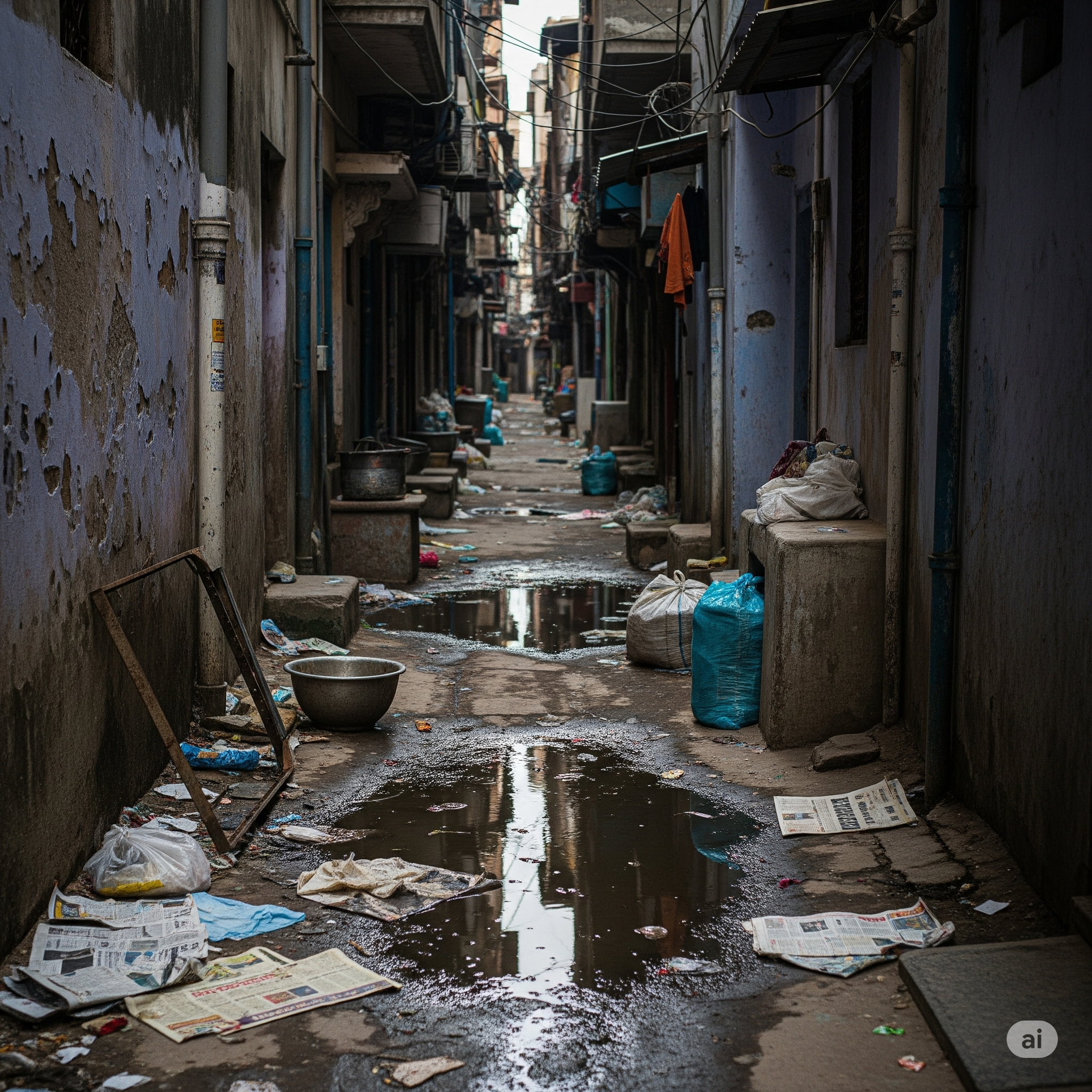As India enters the monsoon season, a familiar health threat is making headlines: dengue fever. With intermittent rains sweeping across urban and semi-urban regions, the risk of dengue is rapidly climbing. Hospitals in cities like Delhi, Mumbai, and Bengaluru are already witnessing a rise in suspected dengue cases.
But why does the rainy season correlate so strongly with this disease? It’s all about breeding conditions.
🐟 How Intermittent Rains Create Ideal Mosquito Habitats
Dengue is spread by the Aedes aegypti mosquito, which thrives in clean, stagnant water. The on-and-off nature of current rains allows water to accumulate in gutters, pots, coolers, and construction sites without being flushed out regularly.
“Every time rain collects and sits still for more than 3–4 days, you create the perfect nursery for dengue mosquitoes,” explains Dr. Ramesh Gupta, a vector-borne disease specialist.
Unlike floods that can wash away larvae, intermittent light to medium rains are ideal for mosquito survival.
🪨 The Symptoms: What to Watch Out For
Dengue symptoms often resemble the flu but escalate quickly:
- Sudden high fever (above 102°F)
- Severe headaches
- Joint and muscle pain
- Nausea or vomiting
- Skin rashes
- Pain behind the eyes
In severe cases, dengue can develop into dengue hemorrhagic fever or dengue shock syndrome, both of which are medical emergencies.
🪤 The Data Speaks: 2025 Outlook
According to the National Vector Borne Disease Control Programme (NVBDCP), dengue cases in India rose by 14% in 2024 compared to the previous year. The trend is expected to continue in 2025, especially in states with dense urbanization and poor drainage.
Notably:
- Maharashtra, Kerala, and Delhi saw the highest case spikes in 2024
- Urban heat islands and poor waste management are linked to higher mosquito density
- Experts warn of an earlier and longer dengue season this year
🏡 How Urban Design and Behavior Play a Role
Many Indian cities are inadvertently breeding grounds for dengue:
- Water stored in uncovered containers
- Construction sites without drainage
- Rooftop tanks and flower pots
- Discarded tyres and plastic waste
These micro-environments exist in gated communities and slums alike. Public health campaigns alone are not enough unless community action and personal vigilance improve.
🤝 Your Dengue Defense Plan
Here’s how to reduce your personal and neighborhood risk:
1. Eliminate Stagnant Water
- Empty flower pot trays and coolers every 2 days
- Cover water storage tanks
- Clean clogged drains near your home
2. Use Physical Protection
- Install mosquito screens on windows
- Wear long-sleeved clothing during dawn and dusk
- Use mosquito nets and repellents
3. Community Participation
- Encourage your Resident Welfare Association (RWA) to organize cleaning drives
- Report mosquito breeding sites to municipal bodies
- Share dengue prevention info on WhatsApp groups
🚧 Policy & Prevention: Is India Doing Enough?
India’s Ministry of Health has introduced Integrated Vector Management (IVM) in urban planning, especially in dengue-prone zones. However, implementation remains patchy.
Some promising solutions include:
- Use of larvicidal oils in public drains
- Introduction of biological mosquito control like fish in water tanks
- Public use of AI-based surveillance apps that alert users to high-risk zones
Still, without citizen collaboration, these efforts cannot reach full potential.
🚮 Final Thoughts: Awareness Is Protection
Dengue isn’t just a seasonal nuisance—it’s a climate-sensitive, urban health crisis that needs urgent attention. While medical treatment is evolving, the first line of defense lies in prevention.
Be vigilant, not just during heavy rainfall, but especially after the rain clears. The clearer the skies, the more silently the mosquitoes multiply.








+ There are no comments
Add yours